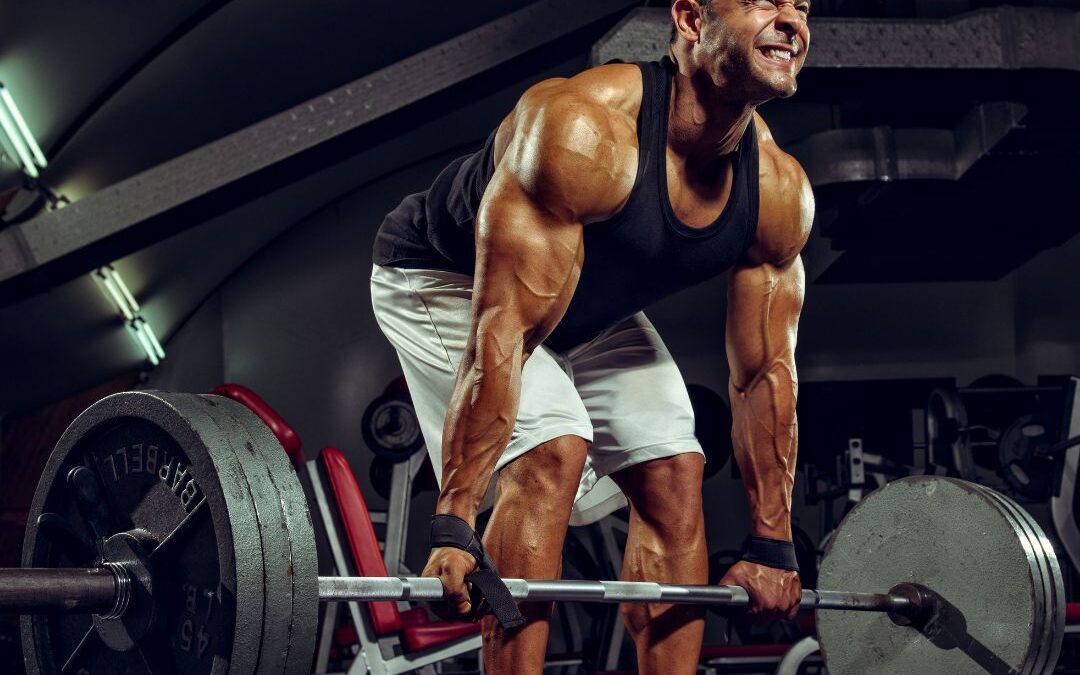In the world of fitness, there’s often a debate between High-Intensity Interval Training (HIIT) and resistance training when it comes to building muscle. While both forms of exercise offer numerous benefits, including improved cardiovascular health and increased calorie burn, there’s a common misconception that HIIT can effectively replace resistance training for muscle growth. However, the truth is that resistance training remains unparalleled for building lean muscle mass. Let’s delve into why resistance training should be your go-to choice for maximizing muscle gains.
Understanding the Physiology of Muscle Growth:
- Muscle growth, also known as hypertrophy, occurs when muscle fibers are subjected to tension or resistance beyond what they are accustomed to. This stimulus triggers a cascade of physiological responses, including muscle fiber damage, inflammation, and subsequent repair and growth. Resistance training, which involves lifting weights or using resistance bands, provides the ideal stimulus for muscle hypertrophy by placing direct tension on the muscles.
Specificity Principle:
- The principle of specificity states that the adaptations resulting from training are specific to the type of training performed. In the context of muscle building, this means that the muscles adapt to the type of stress they are subjected to. While HIIT primarily targets cardiovascular fitness and fat loss, resistance training specifically targets muscle hypertrophy. Therefore, if your goal is to build muscle, you need to engage in activities that directly stimulate muscle growth, such as resistance training.
Muscle Fiber Recruitment:
- Resistance training allows for targeted activation of specific muscle groups, enabling you to focus on building strength and size in those areas. In contrast, HIIT involves brief bursts of intense exercise followed by short rest periods and typically engages a broader range of muscle groups. While HIIT may improve muscle endurance and contribute to overall fitness, it does not provide the sustained tension necessary to maximize muscle growth.
Progressive Overload:
- Progressive overload is a fundamental principle of resistance training, involving gradually increasing the resistance or intensity of your workouts over time to continually challenge your muscles. This progressive increase in load is essential for stimulating ongoing muscle growth. In contrast, HIIT primarily focuses on maximizing cardiovascular output and metabolic efficiency, with less emphasis on progressively increasing resistance.
Recovery and Adaptation:
- Muscle growth occurs during periods of rest and recovery, as the body repairs and rebuilds muscle tissue in response to training-induced damage. Resistance training allows for targeted muscle recovery and adaptation, whereas HIIT places additional stress on the cardiovascular system and may hinder optimal muscle recovery, especially if performed too frequently or intensely.
While HIIT offers numerous benefits for cardiovascular health, fat loss, and overall fitness, it falls short when it comes to maximizing muscle growth. Resistance training remains the gold standard for building lean muscle mass due to its ability to provide targeted muscle tension, stimulate muscle fiber recruitment, and facilitate progressive overload. If your goal is to sculpt a strong, muscular physique, prioritize resistance training in your workout routine and reap the rewards of dedicated muscle-focused training. Remember, consistency, proper form, and adequate recovery are key to achieving your muscle-building goals.
Ready to maximize your muscle gains and sculpt a strong physique? Take the first step towards your fitness goals with Elite Strength Melbourne!
Click here to learn more and start your muscle-building journey today!

